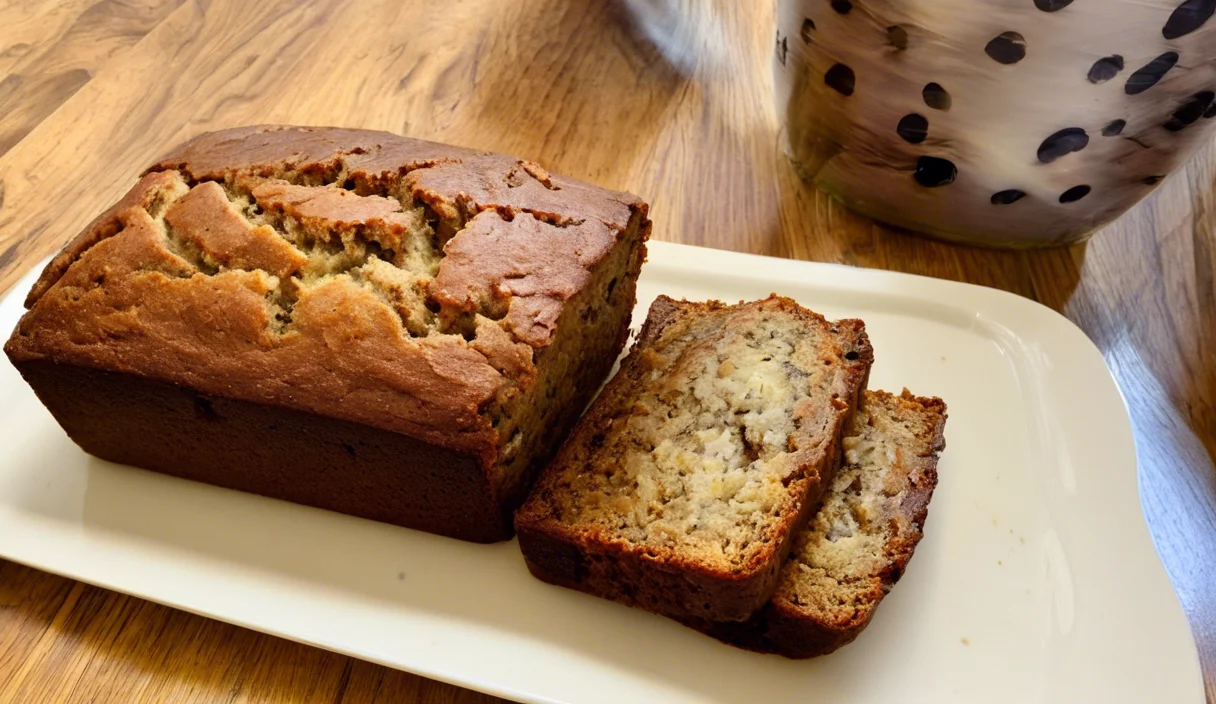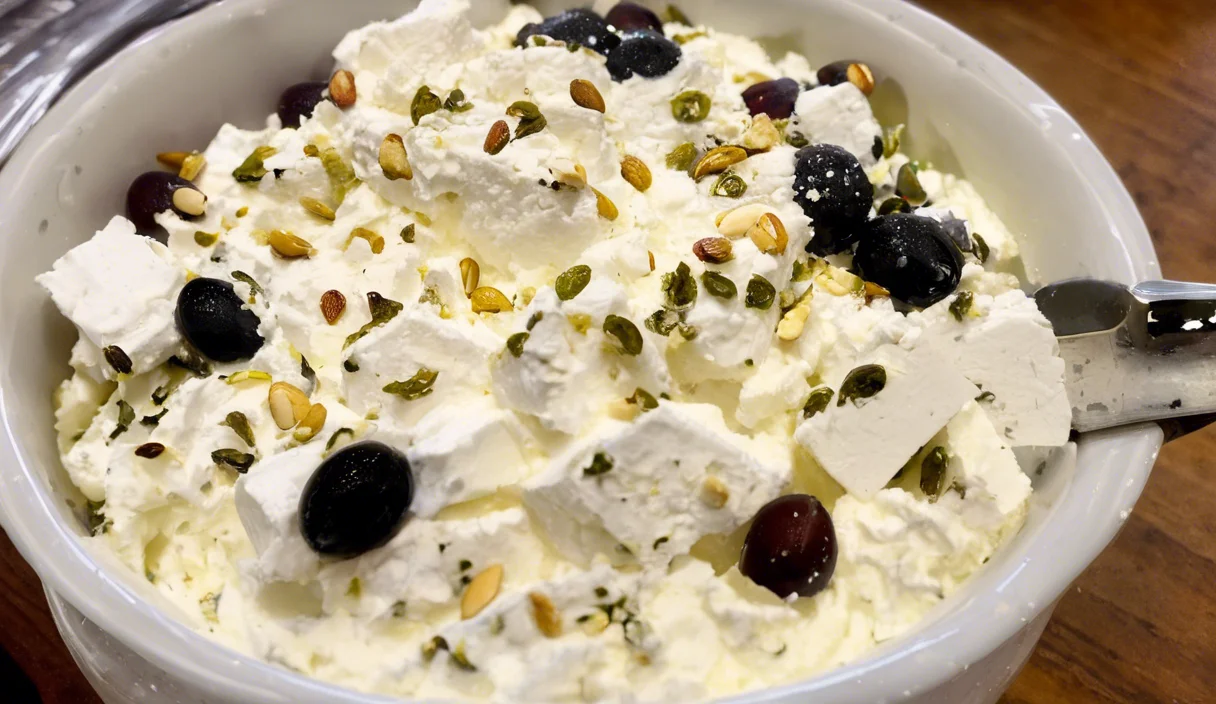When it comes to vibrant and versatile root vegetables, purple yams and purple sweet potatoes are often confused with one another. But what is the difference between them? In this comprehensive guide, we will dive deep into everything you need to know about these colorful vegetables, exploring their origins, culinary uses, cultural significance, and more.
Understanding the Difference Between Purple Yams and Purple Sweet Potatoes
For more details, take a look at our comprehensive guide: Is Purple Yam the Same as Purple Sweet Potato?. This will help you explore the similarities and differences in more depth.
They are not the same, even though they share a similar deep-purple hue. Purple yams, also known as “ube,” belong to the Dioscorea genus and are native to Southeast Asia, while purple sweet potatoes are members of the Ipomoea genus, closely related to morning glory flowers. Despite their similar appearance, they differ in flavor, texture, and even cultural significance. This guide aims to clarify these differences in detail.
General Questions About the Difference Between Purple Yams and Purple Sweet Potatoes
Origins and Botanical Differences Between Purple Yams and Purple Sweet Potatoes
What Are the Origins of Purple Yams and Purple Sweet Potatoes?
The origins of purple yams and purple sweet potatoes help explain why people often confuse these two root vegetables. Purple yams, or ube, come from Southeast Asia, particularly the Philippines. They have been a culinary staple in this region for centuries, especially in Filipino desserts like “ube halaya.”
In contrast, purple sweet potatoes have several varieties, including Stokes Purple and Okinawan sweet potatoes. The Okinawan sweet potato has an interesting history. It was introduced to Japan from the Americas in the 1600s and later spread throughout Hawaii, where it became a popular ingredient in Hawaiian cuisine. Today, purple sweet potatoes are widely grown in the United States, especially in California and Hawaii.
What Is a Purple Yam Called?
People commonly refer to purple yams as ube in Filipino cuisine. They belong to the Dioscorea yam family, and many regions use this name interchangeably, especially where ube is a key part of traditional dishes. In Japan, people call them beniimo. Despite their popularity, many Western markets mistakenly label purple yams as purple sweet potatoes, which adds to the confusion.
Appearance and Texture Differences Between Purple Yams and Purple Sweet Potatoes
How Are Purple Yams and Purple Sweet Potatoes Different in Appearance?
Although both are known for their vibrant purple flesh, they differ significantly in appearance. Purple yams have a rough, bark-like skin that is often compared to the texture of tree bark. Their cylindrical shape makes them easy to distinguish from sweet potatoes.
On the other hand, purple sweet potatoes have a smoother skin, which can range in color from light purple to deep violet, depending on the variety. The ends of the tubers often taper to a point, giving them a more elongated appearance. The flesh of purple sweet potatoes is also more consistent in color compared to the marbled flesh of some varieties of purple yams.
What Is the Texture of Purple Yams and Purple Sweet Potatoes?
The texture of these root vegetables is one of the main factors that sets them apart. Purple yams are starchier and firmer, making them ideal for use in dishes where a denser texture is desired. They are less moist compared to sweet potatoes, which makes them suitable for baking and frying.
In contrast, purple sweet potatoes have a creamy, almost wine-like texture when cooked. They are less starchy than yams, which makes them a good choice for recipes where a smoother consistency is desired, such as in mashed potatoes or soups.
Flavor and Culinary Uses of Purple Yams and Purple Sweet Potatoes
How Do Purple Yams and Purple Sweet Potatoes Taste?
Curious about how purple sweet potatoes differ in taste? Check out our article: Do Purple Sweet Potatoes Taste Different?. It dives into the nuances of their flavor and how it stands apart from other varieties.
The flavor profiles of purple yams and purple sweet potatoes are distinctly different. Purple yams have a mildly sweet, nutty flavor that pairs well with both sweet and savory dishes. This makes them popular in desserts like ube halaya or ube ice cream.
Purple sweet potatoes, on the other hand, have a richer, almost wine-like flavor. They are sweeter compared to yams, which makes them a versatile ingredient in both desserts and savory dishes. The anthocyanins, which are the pigments responsible for the purple color, also contribute to the unique flavor of these sweet potatoes.
Are They Interchangeable in Recipes?
While purple yams and purple sweet potatoes can sometimes be used interchangeably, it is important to consider their texture and cooking time. Due to the starchier nature of purple yams, they require longer cooking times and may not be suitable for recipes that call for a creamy consistency. In contrast, purple sweet potatoes cook faster and have a smoother texture, making them ideal for baked goods and creamy dishes.
Cooking Techniques and Culinary Versatility
What Are Some Common Ways to Prepare Purple Yams and Purple Sweet Potatoes?
Looking for step-by-step guidance? Visit our guide: How to Cook Purple Sweet Potatoes for detailed cooking techniques, tips, and recipe ideas.
They can be prepared in a variety of ways, including boiling, steaming, baking, and frying. Purple yams are commonly used in Filipino desserts, while purple sweet potatoes are popular in both sweet and savory dishes such as pies, fries, and soups. The cooking method you choose will depend on the desired texture and flavor of the final dish.
Can They Be Used in Both Sweet and Savory Dishes?
Absolutely! Explore more delicious recipes that showcase their versatility: Purple Sweet Potato Recipe. You’ll find creative ideas for both sweet and savory dishes.
Yes, both purple yams and purple sweet potatoes are versatile enough to be used in a wide range of dishes. Purple yams are particularly popular in desserts, while purple sweet potatoes can be used in everything from baked goods to savory dishes like stews and casseroles. Their natural sweetness makes them a good ingredient for dishes that require a balance of sweet and savory flavors.
Are There Any Specific Cuisines That Frequently Use Purple Yams or Purple Sweet Potatoes?
Interested in the culinary versatility of these vegetables? Read our Purple Sweet Potato Guide to discover how they are featured in various international cuisines.
Purple yams are a staple in Filipino cuisine, where they are used in desserts such as ube halaya, ube ice cream, and ube cake. Purple sweet potatoes are popular in Hawaiian, Japanese, and Latin American cuisines. In Hawaii, they are used in traditional dishes such as poi and are also a key ingredient in modern fusion dishes.
How Can You Prevent Them from Becoming Mushy When Cooked?
To prevent them from becoming mushy, it is important to avoid overcooking them. For yams, steaming or baking is often the best method to retain their firm texture. When cooking purple sweet potatoes, it is recommended to bake them at a moderate temperature for a longer period to ensure they remain creamy without becoming overly soft.
What Are Some Good Pairings for Purple Yams and Purple Sweet Potatoes in Recipes?
Purple yams pair well with ingredients like coconut milk, pandan, and vanilla, which enhance their natural sweetness. Purple sweet potatoes work well with cinnamon, nutmeg, and allspice, making them ideal for autumn-inspired dishes. They also pair well with savory ingredients like thyme, rosemary, and garlic, which complement their rich flavor.
Cultural Significance and Traditions
Are There Any Cultural or Symbolic Meanings Associated with Them?
Many cultures associate the color purple with royalty, wealth, and prosperity. This symbolism also applies to them, which people often feature in festive dishes and celebrations. In the Philippines, ube symbolizes celebration and is commonly used in holiday desserts.
In What Regions of the World Are They More Commonly Consumed?
People in Southeast Asia, especially in the Philippines, commonly consume purple yams as a staple ingredient in many desserts. Purple sweet potatoes are popular in Japan, Hawaii, and Latin America, where people use them in various traditional and modern dishes.
Are There Any Traditional Dishes or Recipes That Feature Them?
Traditional dishes featuring purple yams include ube halaya, a sweet pudding made with coconut milk, and ube ice cream. Purple sweet potatoes are used in Hawaiian poi, a traditional dish made by mashing cooked sweet potatoes. They are also featured in Japanese cuisine, particularly in desserts and side dishes.
How Are They Are Celebrated in Different Cultures?
In the Philippines, ube is celebrated during festivals and holidays, where it is used in a variety of desserts and sweet treats. In Hawaii, purple sweet potatoes are an important part of traditional celebrations, particularly during harvest festivals and cultural events.
Are There Any Cultural Beliefs About Them?
Some cultures view them as symbols of good luck and prosperity, particularly in festive dishes. Their vibrant color is also seen as a sign of vitality, which makes them a popular choice during celebrations.
Storage and Preparation
Storage Techniques
How Should They Can Be Stored to Maintain Freshness?
To maintain the freshness, they should be stored in a cool, dark place with good ventilation. It is important to avoid storing them in the refrigerator, as the cold temperature can affect their texture and flavor. Instead, keep them in a burlap bag or ventilated container in a location that stays between 40°F and 60°F.
Can They Be Frozen?
Yes, both of them can be frozen, but it is recommended to cook them first. Freezing raw yams or sweet potatoes can lead to changes in texture. Once cooked, allow them to cool completely before placing them in an airtight container and freezing for up to three months.
Preparation Techniques
What Is the Best Way to Peel Them?
Peeling purple yams can be challenging due to their tough, bark-like skin. It is best to use a sharp knife and carefully remove the skin in thin layers. For purple sweet potatoes, a vegetable peeler can be used to easily remove the smoother skin.
Can They Be Roasted, Baked, or Boiled?
For additional roasting tips, check out this article: How to Roast Sweet Potatoes.
Yes, they can be roasted, baked, or boiled. Roasting is an excellent way to bring out their natural sweetness, while baking is ideal for preserving their creamy texture. Boiling is another option, but it is important not to overcook them to avoid a mushy texture.
Are There Any Special Techniques for Preparing Them to Preserve Their Color?
To preserve the vibrant purple color of purple yams and purple sweet potatoes, it is important to avoid overcooking and to use a cooking method that retains moisture, such as steaming. Adding a small amount of lemon juice or vinegar can also help prevent the color from fading during cooking.
Frequently Asked Questions
Are They The Same?
No, they are not the same. They belong to different botanical families and have distinct differences in flavor, texture, and culinary uses. Purple yams are part of the Dioscorea genus, while purple sweet potatoes belong to the Ipomoea genus.
How to Eat Purple Yam?
Purple yams are versatile and can be boiled, steamed, baked, or fried. People often use them in desserts like ube halaya, and they also make a great savory side dish.
What Is a Purple Yam Called?
Purple yams are commonly called ube, especially in Filipino cuisine. In Japan, they are also known as beniimo.
Conclusion
In conclusion, while they may look similar, they have distinct differences in their origins, flavor, texture, culinary uses, and cultural significance. Understanding what sets them apart can help you make the best choice for your cooking needs and appreciate the rich culinary heritage behind these vibrant vegetables.
Whether you prefer the starchy, nutty flavor of purple yams or the creamy, sweet taste of purple sweet potatoes, both are versatile additions to your kitchen. Now that you know the difference between them, you can experiment with them in a variety of dishes and enjoy their unique qualities to the fullest.





